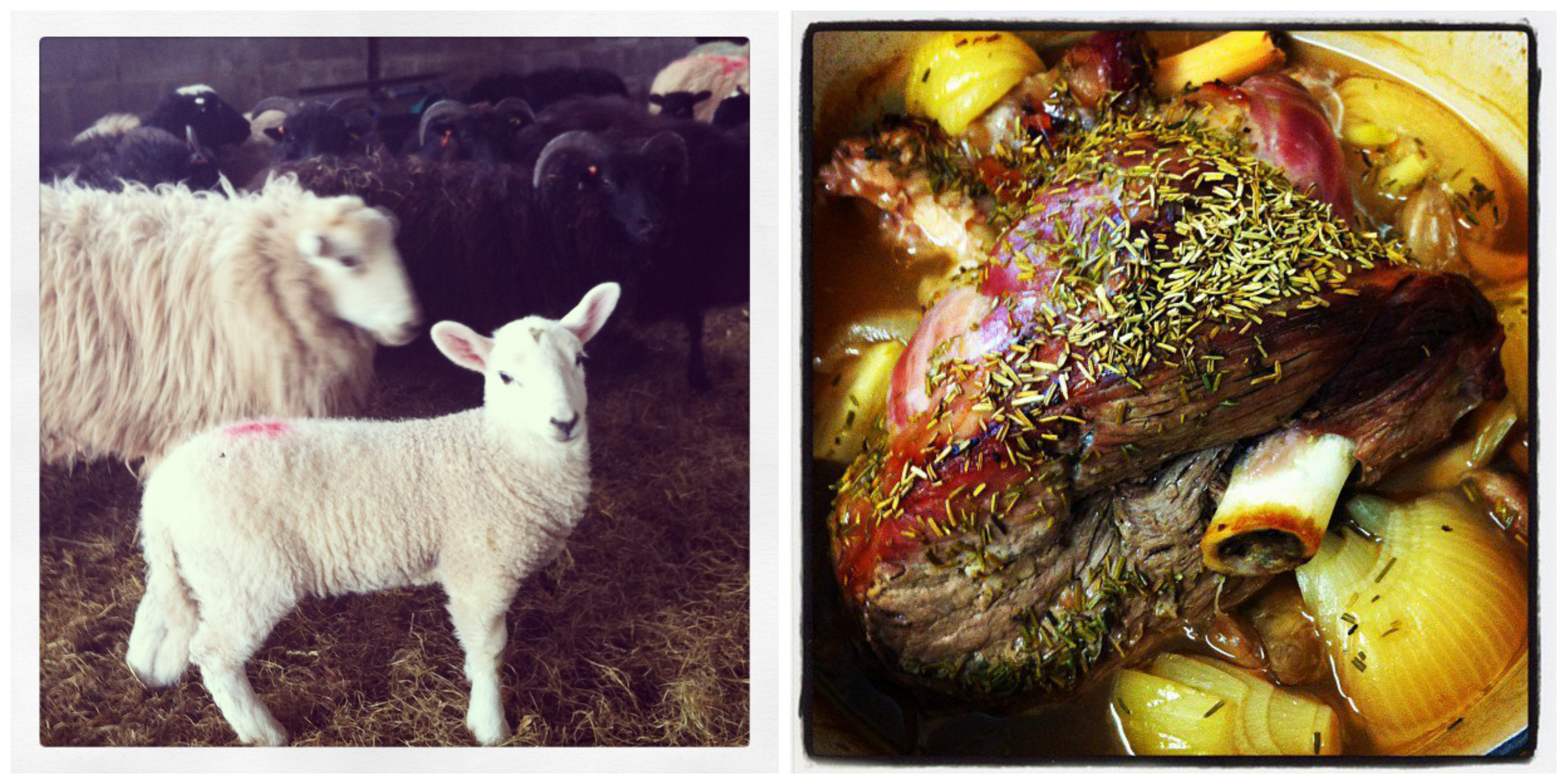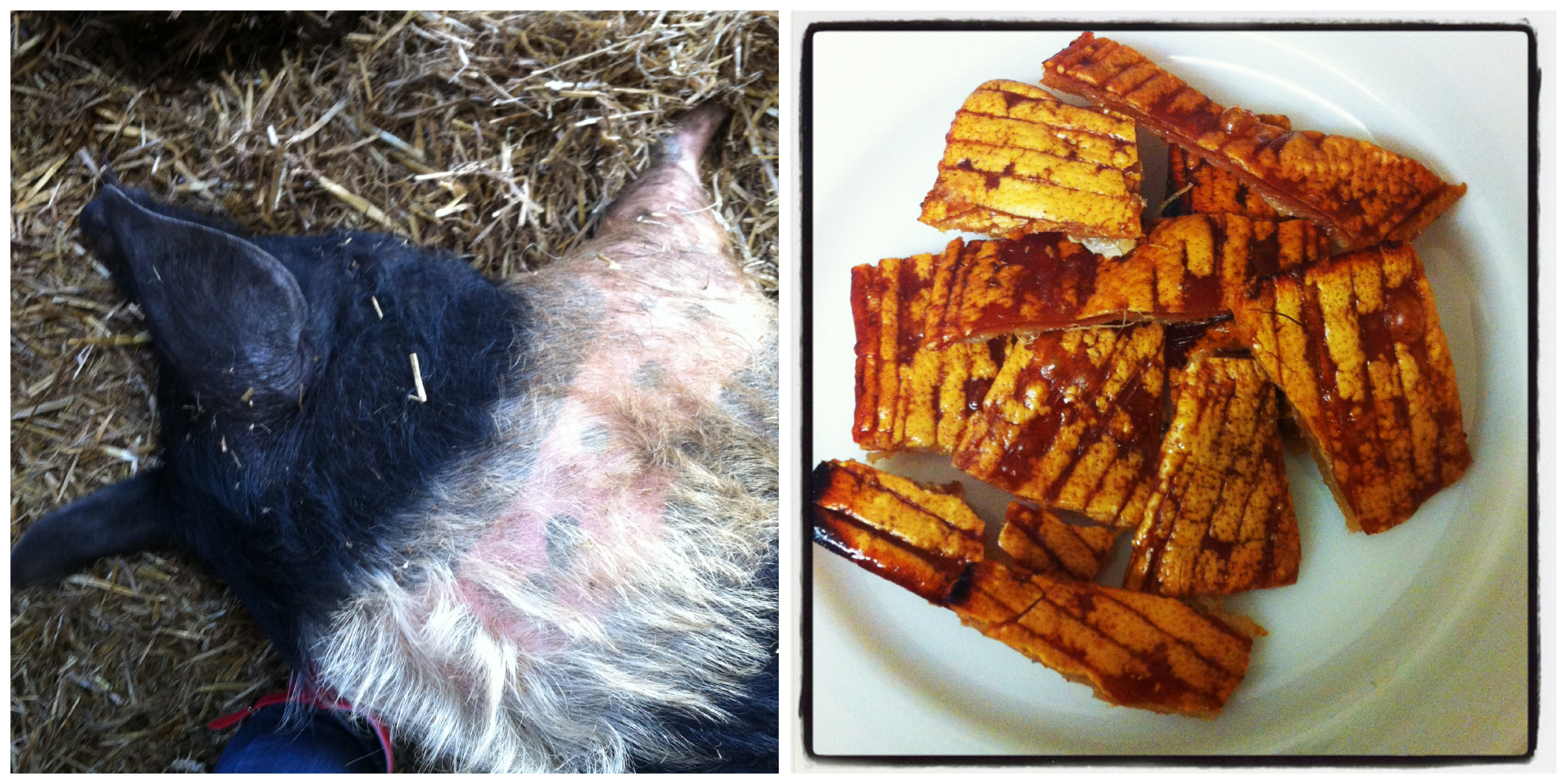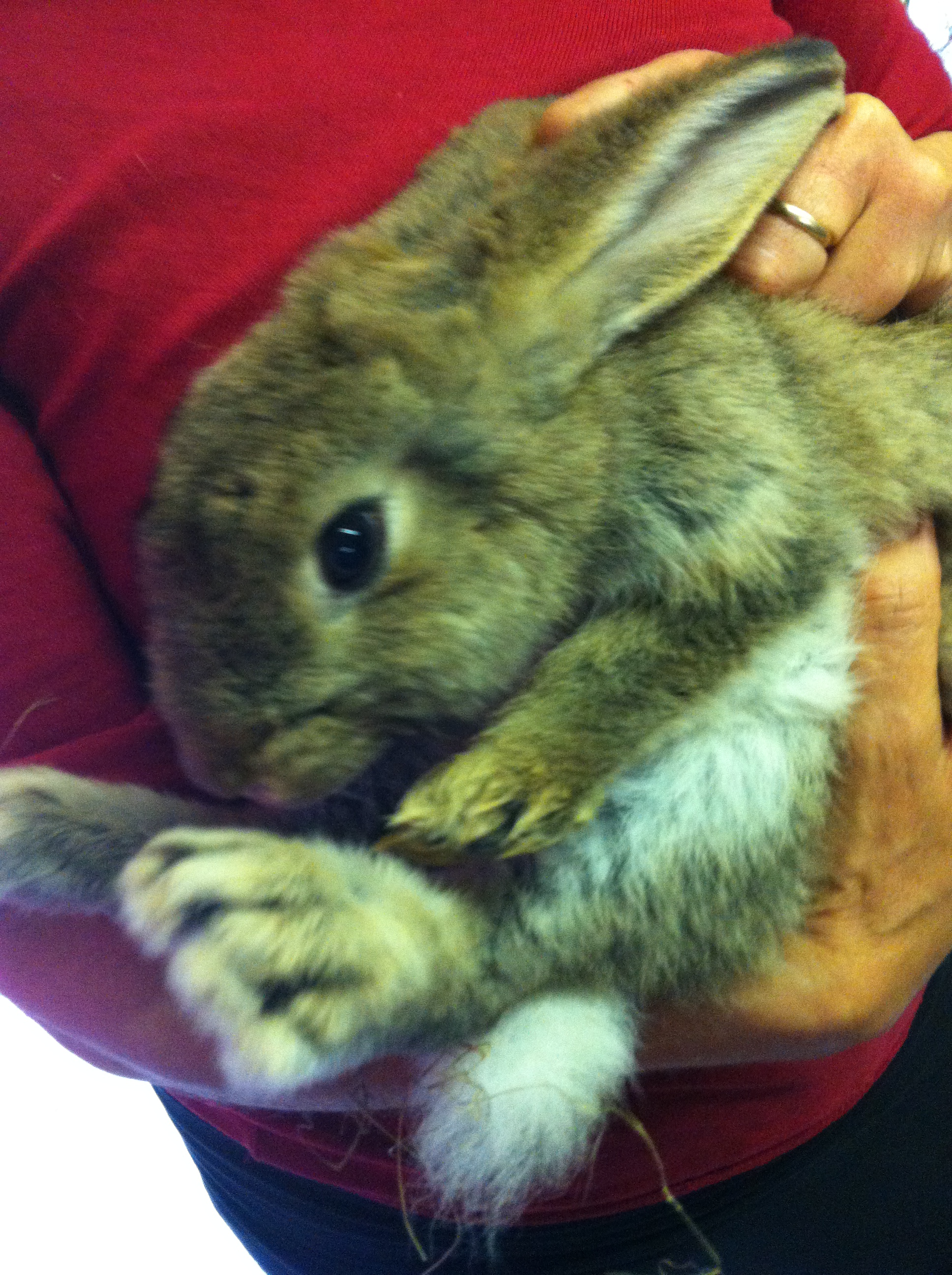I’ve waxed lyrical on this blog about my visit to Trealy Farm and for that I won’t apologise. This post is all about the motivation for my visit and some of the things I found out while I was there.
I signed up to Ruth Tudor’s ‘Women in Farming’ day desperate to know more about the meat I so frequently eat. I follow a relatively low carb, high protein diet and eat some form of animal protein at almost every meal.
I read every bit of nutrition-related research I can lay my hands on (not always a good thing…) but I rarely meet the people at the coal face / farm gate post. A whole day with Ruth Tudor debunked so much of the literature I’ve been subjected to this past couple of years and gave me phenomenal insight into meat production which I hope will help me, and my readers, make more informed choices. I think it’s especially important we’re not afraid to meet the animals that eventually end up on our dinner plates.
All the following photos of animals were taken at Trealy Farm and the dinners cooked prior to or following my visit.
Lamb
- Of all the organic meat we buy, it’s lamb that is most likely to be entirely grass fed
- Lamb is a modern preference and has only been eaten in the past 50 years
- Lamb shoulder is tougher but tastier because it’s the bit the sheep uses most – so it has the most muscle and in turn flavour
Pork
- Pig wee is high in nitrogen and as such makes awesome fertiliser for farm land
- Want to make bacon? Put belly pork in a plastic bag rub with salt, rest overnight, pour off liquid, add more salt, leave over night again, repeat for 3 days et voila
- ‘Real’ bacon should be a deep pink colour. Less depth in the pink colour means more nitrate has been used in the curing process
Chicken
- Chicken is the least sustainable of all the meat we so commonly eat
- At Trealy Farm, hens are fed oyster shells
Rabbit
- The most sustainable free range meat we could possibly eat – after all, everyone’s familiar with the term ‘breed like rabbits’, right?
Animal protein in general
- The more an animal uses its muscle, the darker the meat owing to more oxygen and red blood cells – think of the difference especially in wild v farmed salmon
- Grass fed meat is not as succulent so you need to know how to cook with it. More on that here
- Cattle are generally healthier than sheep – even though they are bigger, they are far easier to keep
- If animals are stressed when they are slaughtered the meat will be very dark and acidic (due to the stress in the animal’s body)
- When an animal is killed, it will lose half its weight
Dairy
- Non organic milk contains lots of hormones and antibiotics. Estrogen hormones in non organic milk can impact male fertility
- Some argue only cows should drink cows’ milk… but at Trealy Farm milk is expressed from Gwenlas the ‘house’ cow to support bottle fed lambs that aren’t getting adequate milk from their mother









All the discussion
Pingback: Farming and its influence on us all « Let Her Eat Clean()